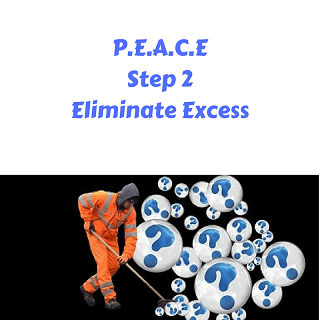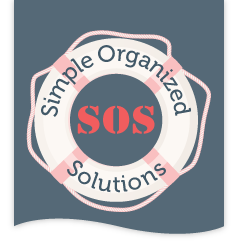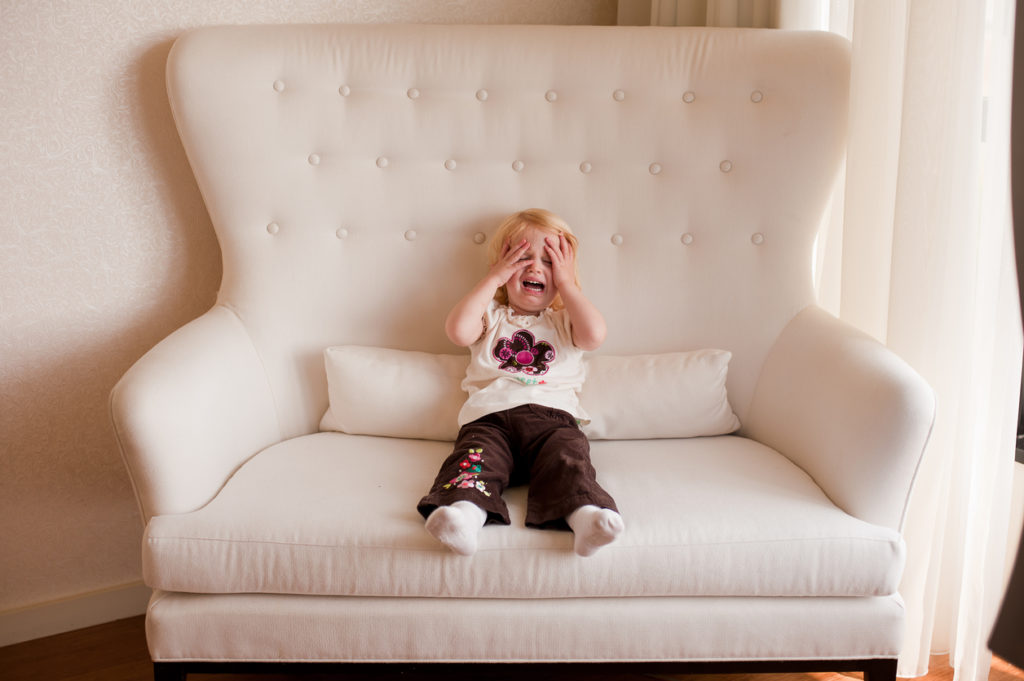 Several years ago I wrote a post called, ‘Creating Peace at Home Through Organizing’. Click on the link to read the full article. The article explains why decluttering and organizing the spaces in your home is so important to achieve peace in your life.
Several years ago I wrote a post called, ‘Creating Peace at Home Through Organizing’. Click on the link to read the full article. The article explains why decluttering and organizing the spaces in your home is so important to achieve peace in your life.
In that post I used the acronym PEACE to describe the five steps in the organizing process. The acronym was created to depict the result of organized spaces – peace. This post is the second in the series to provide more details for each step in the organizing process. You can read the first step by clicking on the link below.
You’ve already determined that you want to get organized. My recommendation is to avoid the overwhelm of the size of the project by starting small. Choose a drawer, a cabinet, or maybe a smaller closet to ease into the overall project.
Step 1 – Put like items together
Step 2 – Eliminate Excess
At this point you will have put all like items together in the space that you’re working in, as described in step 1 above.
When you eliminate excess items from your home, you’re essentially ‘rightsizing’ your belongings to be proportionate to your living space. This allows energy to flow freely through your home to eliminate clutter, that consequently eliminates stress.
This step requires making decisions about what to keep and what to eliminate from your home. Decision making can be exhausting, and everyone has varying levels of stamina. Motivation is another thing to consider. You may be overwhelmed by the number of categories. If that’s the case, think about ways that will keep you on task and motivated to eliminate excess; see bullet points below for some suggestions.
- Turn on some music – your favorite tunes that get you going
- Make it a game – set a timer for 15 minutes and see how many decisions you can make, then set it for another 15 minutes to see if you can beat your time
- After working for a pre-determined amount of time, take a 5 or 10 minute break
- Invite a friend over to help you think through your decisions
- Determine a reward for making decisions on all the categories in the space you’re working in, then reward yourself upon completion
Start with one category – box, bin or pile. Pick up each item and make a ‘keep’ or ‘discard’ decision. The discard items go into their respective box, bin or pile; trash, recycle, donations, and other categories you determined in step 1. Keepers stay in the same box, bin or pile – category. When decisions are made for every item in one category, mark ‘keep’ on the sticky note and move on to the next box, bin or pile – category.
Sometimes it’s difficult making decisions to eliminate excess. You don’t always know what questions to ask yourself to make the right decision. There is a list of questions below to assist you in your decision-making process.
- Do I use this item?
- Do I have happy or negative feelings about this item?
- Does it still fit?
- Do I like the way it looks on me?
- Do I have multiples of the same item? If so, how many of them do I really need?
- Have I used this item in the last season, 6 months, or year?
- Do I have the space to store this item?
- Is there a legal reason to keep this item?
- What is the worst thing that will happen if I discard this item?
When you finish making decisions for each item in each category, you will have reduced the amount of your belongings. Now that you have less items, or keepers, you will have fewer items to organize. Pat yourself on the back, you did a great job!
You are now ready to move onto the next step, Assign Homes. Stay tuned for the next post!


